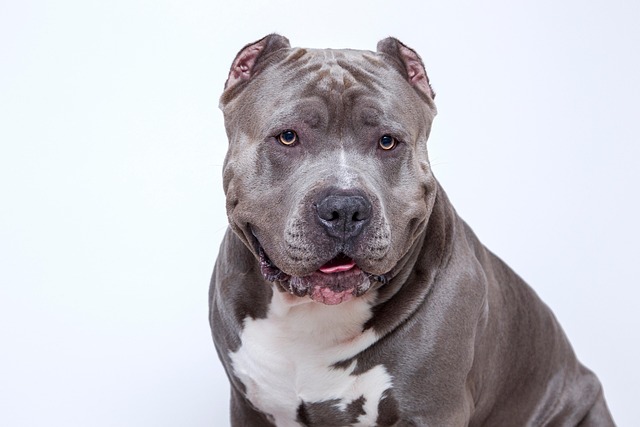
How do you treat gastrointestinal disease in dogs?
Gastrointestinal (GI) issues in dogs are more common than many new pet owners realize—they can pop up after a stolen table scrap, a sudden food switch, or even stress from a new apartment move.
I stood in a pet store with my friend Jake last weekend, watching him stare at a wall of puppy products—his 10-week-old French Bulldog, Lola, was coming home in 3 days, and he had no clue where to start. “Do I need a fancy bed? What about those training pads?” he asked, holding up a bag of chew toys. If you’re a new U.S. dog owner prepping for a puppy, this confusion is totally normal. The supplies a puppy needs aren’t about luxury—they’re about keeping them safe, healthy, and happy while setting up good habits. You don’t need a closet full of gear, just the right basics to make their first weeks at home smooth.
To understand what matters, let’s break down a puppy’s core needs: They’re tiny, teething, still learning to control their bladder, and crave security. Supplies should meet these needs without overwhelming them. Puppies have sensitive digestive systems (so adult dog food is a no-go) and explore the world with their mouths (so unsafe toys can be a hazard). Lola’s vet explained that the most important supplies are ones that support their growth, prevent accidents, and build trust—like a crate that feels like a “safe den” or treats for positive training.

Here’s exactly what supplies a puppy needs, step by step: First, a safe space setup. Get a crate with a divider (so it’s small enough to feel secure now, but expands as they grow)—line it with a washable, chew-resistant bed (avoid fluffy ones that can be swallowed). For apartment living, add a baby gate to block off a “puppy zone” (like the living room) so they can’t wander into dangerous areas (like under the kitchen sink). Second, food and water gear. Choose AAFCO-certified puppy food (it has extra protein and nutrients for growth)—skip generic brands. Get stainless steel bowls (easy to clean and prevent bacteria buildup) with non-slip bottoms (no more spilled water on hardwood floors). Third, training and teething tools. Stock up on soft, tiny treats (for teaching “sit” or “come”—positive reinforcement is key!) and a 4-6 foot nylon leash (no retractable leashes—they’re unsafe for small puppies). A rubber teething toy (like a Kong stuffed with frozen peanut butter) eases sore gums without ruining your shoes. Fourth, cleanup and safety essentials. Grab puppy-safe stain/odor remover (for potty accidents—regular cleaner leaves smells that attract them back), a pack of poop bags (required by law in most U.S. cities), and a gentle nail clipper (ask your vet to show you how to avoid the quick).
Never buy punishment tools like shock collars—they violate U.S. animal welfare standards and break your puppy’s trust. Stick to praise and treats for good behavior. When walking, always carry extra poop bags (cities like Los Angeles fine $250 for leaving messes) and keep walks short (5 minutes per month of age—Lola only needed 10-minute walks at 10 weeks). Schedule a vet visit within the first week to get their rabies vaccine (required nationwide) and start a deworming plan.
By the time Lola came home, Jake had all the right supplies—and no more panic. The best puppy supplies are the ones that make both of you feel confident. With these basics, you’ll be ready to welcome your new furry friend.

Gastrointestinal (GI) issues in dogs are more common than many new pet owners realize—they can pop up after a stolen table scrap, a sudden food switch, or even stress from a new apartment move.
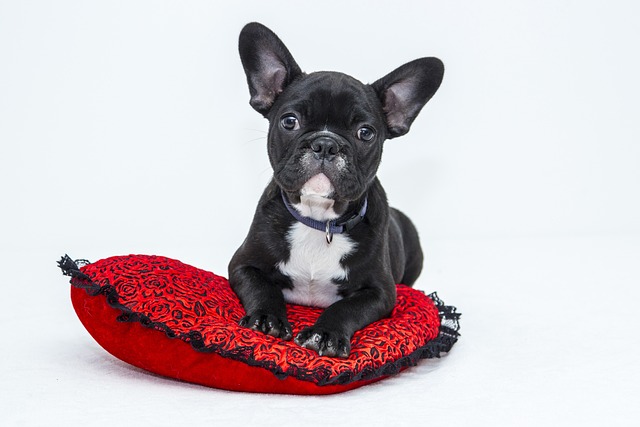
It’s a common misconception that health problems only affect older dogs. The reality is that certain issues can appear at any stage of a dog’s life
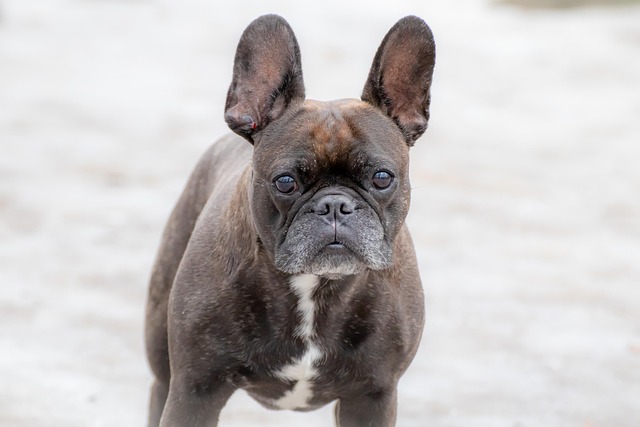
I sat with my friend Tom in his backyard last weekend, watching his 10-year-old German Shepherd, Bear, doze in the sun. “I keep wondering how much time we have left

I stood in a pet store with my friend Jake last weekend, watching him stare at a wall of puppy products—his 10-week-old French Bulldog, Lola, was coming home in 3 days
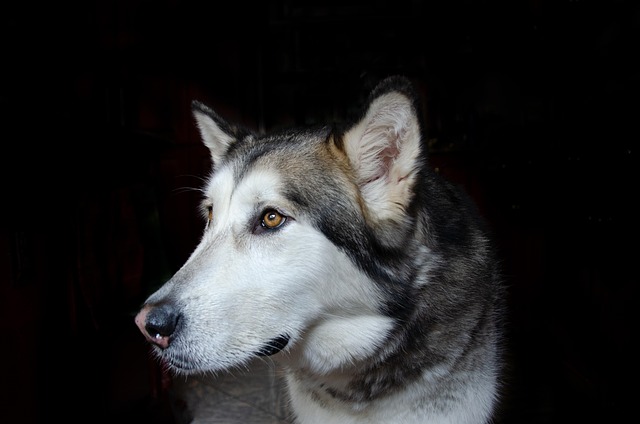
Gastroenteritis can throw a wrench in your dog’s usual energy—one day they’re begging for table scraps, the next they’re turning away from their favorite kibble, or dealing with upset tummies.
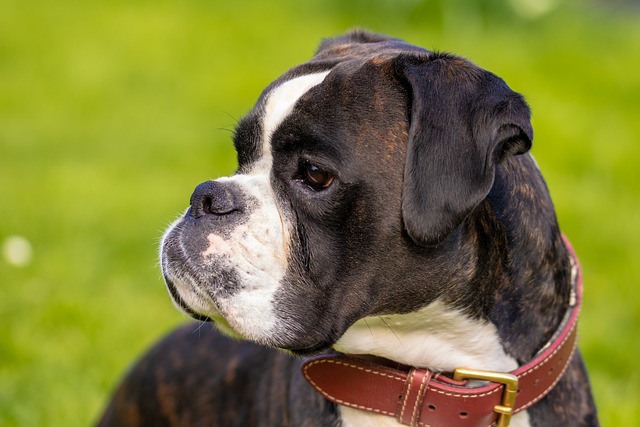
I sat with my coworker Mike in the break room last week, as he flipped through a stack of dog food bags—his 9-year-old Lab, Duke, had just been diagnosed with early kidney disease